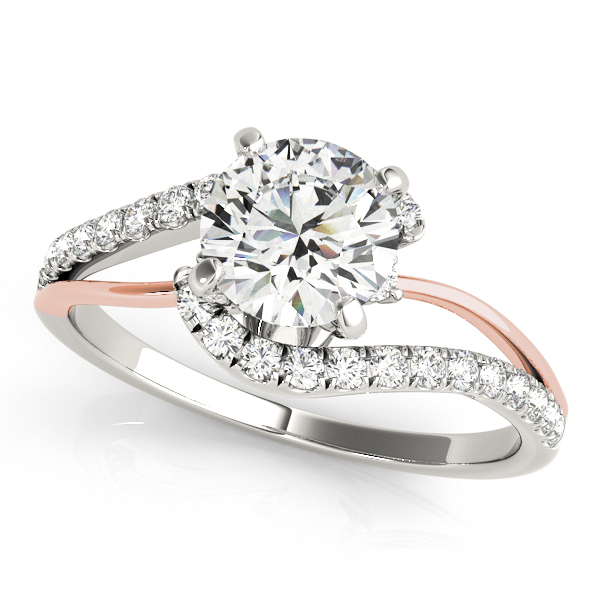Caring for Gems: Diamond
 In our second installment of our five-part series on caring for gemstones, we will explore the care and cleaning of diamonds, the April birthstone. Check out our birthstone of the month post from April 5 for more information on the stone itself.
In our second installment of our five-part series on caring for gemstones, we will explore the care and cleaning of diamonds, the April birthstone. Check out our birthstone of the month post from April 5 for more information on the stone itself.
Diamonds are the hardest natural substance on Earth. They are formed from carbon deposits deep in the earth that are subjected to high temperature and pressure. Volcanic activity then brings them closer to the surface of the Earth.
Despite being very durable, diamonds are not indestructible. They can be chipped by a sharp blow, damaged by contact with another diamond or lost when their jewelry setting is damaged or weakened. And so, it is important to keep your diamonds clean and well cared for. Here are some tips:
- Handle your diamonds as little as possible as the oils from your fingers transfer to the diamond affecting its shine. Remove your jewelry before using creams, lotions, hairspray, etc. to reduce buildup that will dull your diamond.
- Regularly clean your diamonds by soaking in a solution of water and mild dish soap. Then use a soft clean brush (like a toothbrush) to remove any dirt. Rinse with water and dry with a lint-free cloth. (note: if working over a sink, make sure to close the drain)
- NEVER use harsh chemicals like chlorine or abrasives to clean your diamond jewelry. And remove your jewelry when working with any chemicals or doing hard work where your diamond could be scratched or knocked out of its setting.
- Store diamonds in a padded box or soft bag to keep it separate from other gems and jewelry.
- Regularly visit your jeweler to have your setting checked and diamond professionally cleaned. This helps to prevent the loss of gems in the case where your setting is damaged or the prongs holding your diamond are loose or broken.
Regular care will keep your diamonds sparkling andsafe for years to come. Bridgewaters offers professional cleaning and checking as well as full service repair. Bring your beauties in to keep them in excellent condition.
